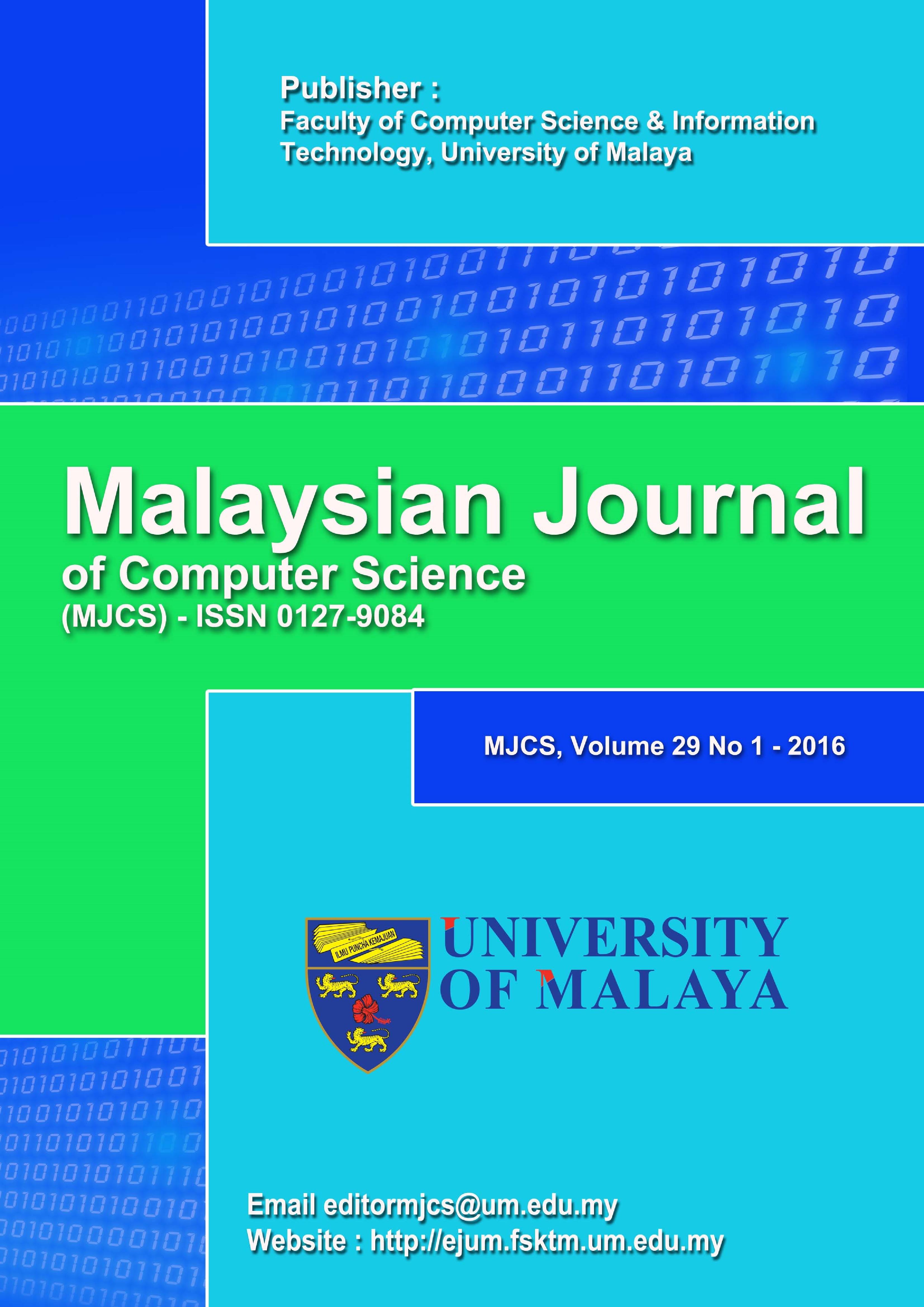SELF-ORGANIZING RESERVOIR NETWORK FOR ACTION RECOGNITION
Main Article Content
Abstract
Current research in human action recognition (HAR) focuses on efficient and effective modelling of the temporal features of human actions in 3-dimensional space. Echo State Networks (ESNs) are one suitable method for encoding the temporal context due to its short-term memory property. However, the random initialization of the ESN's input and reservoir weights may increase instability and variance in generalization. Inspired by the notion that input-dependent self-organization is decisive for the cortex to adjust the neurons according to the distribution of the inputs, a Self-Organizing Reservoir Network (SORN) is developed based on Adaptive Resonance Theory (ART) and Instantaneous Topological Mapping (ITM) as the clustering process to cater deterministic initialization of the ESN reservoirs in a Convolutional Echo State Network (ConvESN) and yield a Self-Organizing Convolutional Echo State Network (SO-ConvESN). SORN ensures that the activation of ESN’s internal echo state representations reflects similar topological qualities of the input signal which should yield a self-organizing reservoir. In the context of HAR task, human actions encoded as a multivariate time series signals are clustered into clustered node centroids and interconnectivity matrices by SORN for initializing the SO-ConvESN reservoirs. By using several publicly available 3D-skeleton-based action recognition datasets, the impact of vigilance threshold and reservoir perturbation of SORN in performing clustering, the SORN reservoir dynamics and the capability of SO-ConvESN on HAR task have been empirically evaluated and analyzed to produce competitive experimental results.
